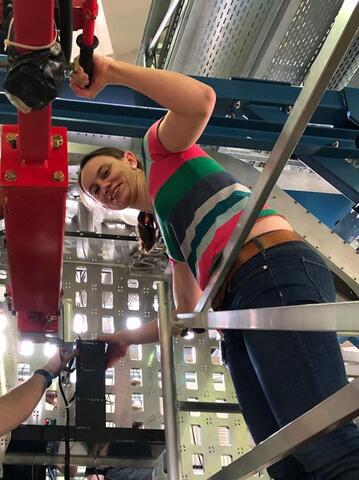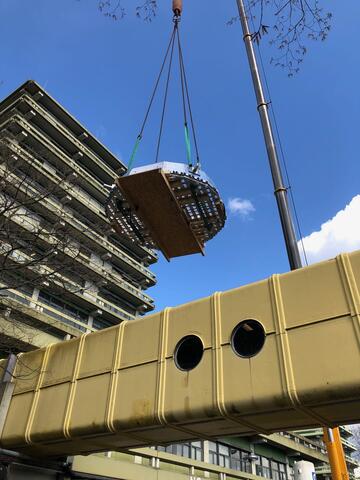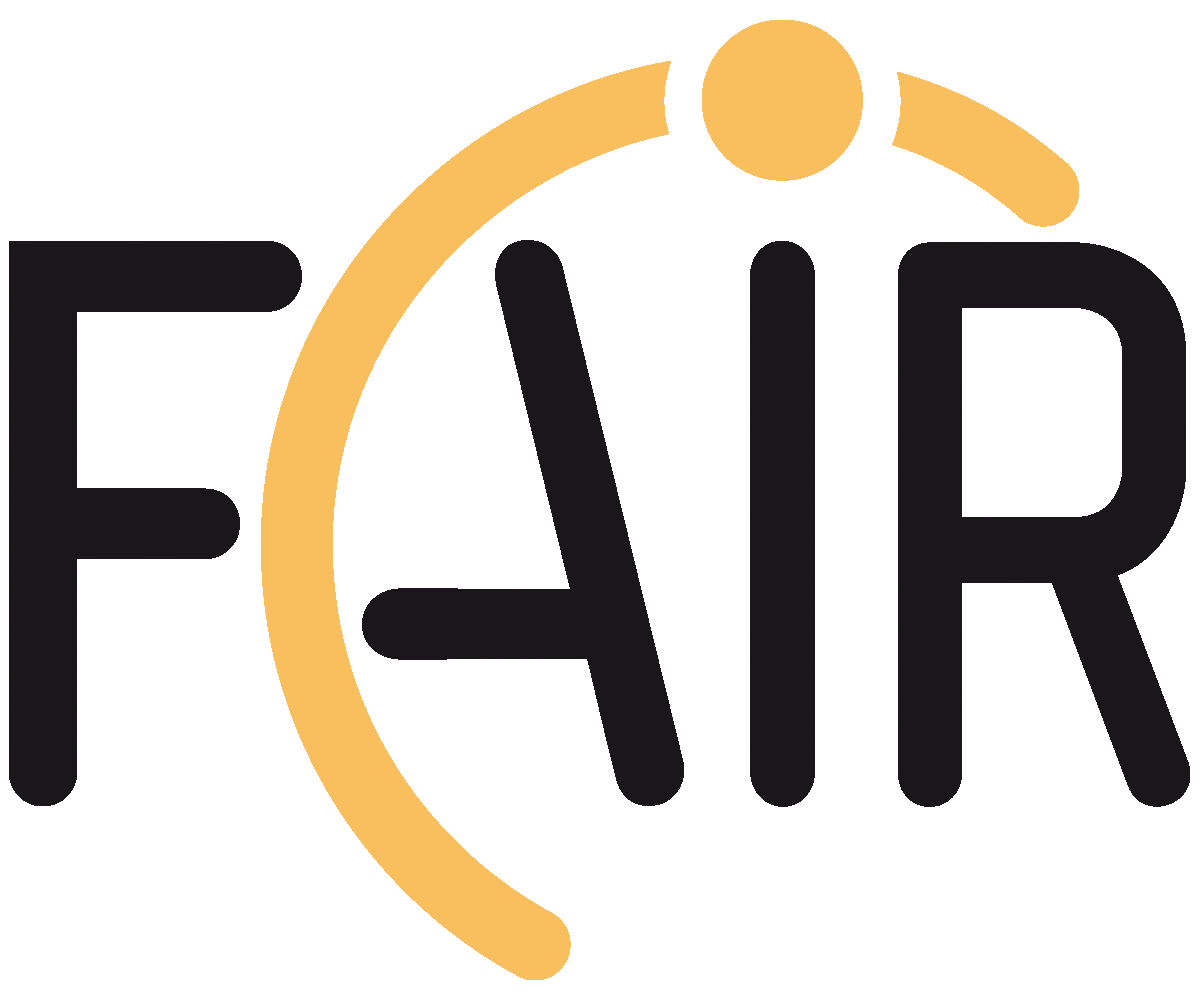Workshop „Physics Opportunities with Proton Beams at SIS100” was held in Wuppertal
PANDA meetings
04/03-08/03 2024 CM 24/1 in Münster
24/06-28/06 2024 CM 24/2 at GSI
25/06-26/06 2024 FEE/DAQ Workshop
04/11-06/11 2024 CM 24/3 at GSI
05/03-07/03 2025 WS at GSI
16/06-20/06 2025 CM 25 in Uppsala
Deep Learning for Track Finding and the Reconstruction of Excited Hyperons in Proton Induced Reactions
Waleed Esmail
TH-PHD-2022-001.pdf
(21.37 MB)
This thesis presents work focused on three topics related to hyperon physics.
The first part presents a track finding algorithm for the future PANDA experiment forward tracker using the state-of-art graph neural networks. The detection of forward emitted particles plays a significant role in the reconstruction and analysis of the ground state and excited hyperons (e.g., $\Sigma^{0}$ , $\Sigma(1385)$, $\Lambda(1405)$ and $\Lambda(1520)$). The network accepts an image of the forward tracker as an input, where the detector hits are the graph vertices, and all possible connections between two hits in adjacent layers are the graph edges. It was trained as a binary classifier to classify the graph edges.
The second part of the thesis presents a study of the production mechanism of the $\Sigma^{0}$ hyperon via the exclusive reaction $pp \rightarrow pK^{+}#Sigma^{0}$ at beam energy 3.5 GeV with the HADES detector setup. In total, 2613 events were reconstructed 58\% are within the main HADES acceptance and 42\% within the forward wall acceptance. Furthermore, the dynamics of the reaction \Ssignal were investigated by studying the angular distributions in the CMS, Gottfried-Jackson and helicity frames. The total production cross section of the \Szero hyperon was obtained by integrating the yield for the different angular distributions and found to be $\sigma = 18.74 \pm 1.01 (stat) \pm 1.71 (syst)$ $\mu b$.
The last part of the thesis presents a feasibility study to investigate excited hyperons radiative decays using the upgraded HADES setup and the new forward detector as part of the FAIR Phase-0 physics program.
The first part presents a track finding algorithm for the future PANDA experiment forward tracker using the state-of-art graph neural networks. The detection of forward emitted particles plays a significant role in the reconstruction and analysis of the ground state and excited hyperons (e.g., $\Sigma^{0}$ , $\Sigma(1385)$, $\Lambda(1405)$ and $\Lambda(1520)$). The network accepts an image of the forward tracker as an input, where the detector hits are the graph vertices, and all possible connections between two hits in adjacent layers are the graph edges. It was trained as a binary classifier to classify the graph edges.
The second part of the thesis presents a study of the production mechanism of the $\Sigma^{0}$ hyperon via the exclusive reaction $pp \rightarrow pK^{+}#Sigma^{0}$ at beam energy 3.5 GeV with the HADES detector setup. In total, 2613 events were reconstructed 58\% are within the main HADES acceptance and 42\% within the forward wall acceptance. Furthermore, the dynamics of the reaction \Ssignal were investigated by studying the angular distributions in the CMS, Gottfried-Jackson and helicity frames. The total production cross section of the \Szero hyperon was obtained by integrating the yield for the different angular distributions and found to be $\sigma = 18.74 \pm 1.01 (stat) \pm 1.71 (syst)$ $\mu b$.
The last part of the thesis presents a feasibility study to investigate excited hyperons radiative decays using the upgraded HADES setup and the new forward detector as part of the FAIR Phase-0 physics program.





